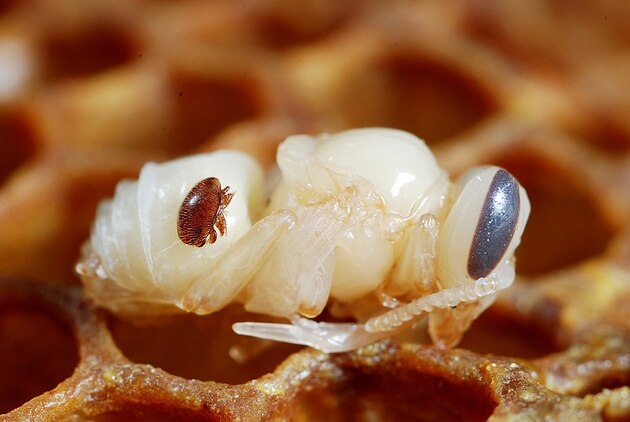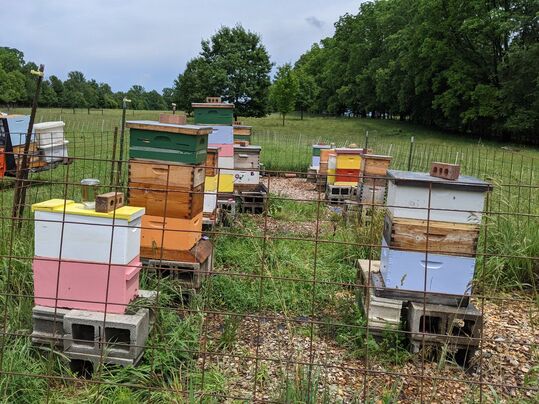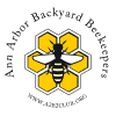 All All honey bee colonies, except those which are extremely isolated with no other hives in at least a 12-mile radius, are affected by Varroa mites or subject to infection through visiting the same flowers as infected bees, robbing hives infected by Varroa, “drift” (bees coming home to the wrong hive) of bees from infected hives, and most importantly from hives that have become “Varroa bombs.” A Varroa bomb is a colony that has become so infested with Varroa mites, that the remaining live bees all abscond (leave in mass) from the hive and fly off in every direction to find a new hive. These bees spread the mite infection far and wide and can cause a rapid and fatal increase in Varroa mites, even in a previously uninfected hive. Big Beekeeping in North America is now much more difficult due to this insidious parasite. Large for mite, Varroa is still nearly impossible to spot on a honey bee because it often hides between the plates of exoskeleton on the bee’s abdomen where it punches a hole in the bee’s cuticle and feeds on the adult bee’s fat bodies. Varroa also damages bee pupae when it reproduces inside capped brood cells and feeds off the developing brood. As if this was not enough damage, Varroa mites have also been shown to spread bee viruses such as Deformed Wing Virus (DWV) and activate bee viruses already present in a colony. Cerana In 1985 beekeeping in North America was forever changed by the introduction of the Varroa destructor mite from Asia where it is a parasite of the Asian honey bee, Apis cerana. Apis cerana, having evolved alongside the Varroa mite, has developed multiple strategies for dealing with it. Unfortunately, Apis mellifera, the Western honey bee and the bee kept by almost all beekeepers in North America, did not evolve with this mite, and has had little time to adapt to Varroa destructor. More Information: https://journals.plos.org/plosone/article?id=10.1371/journal.pone.0135103
0 Comments
Leave a Reply. |
AuthorJen Haeger is a new master beekeeper and board member of A2B2. Archives
August 2022
Categories
All
|


 RSS Feed
RSS Feed
